Biophotons & The Interfacing of our Cellular Communication with Signals
How do the Philanthropaths interface us directly?
Biophotons = part of Orgone / Light / ::: Voltage Gradients : The interface for the Orchestration of our Biology
Biophotons
Biophotons are ultra-weak photon emissions produced by biological systems and represent a captivating frontier in understanding the Electromes of life (which includes agency/ consciousness). These faint light emissions, ranging from ultraviolet to near-infrared wavelengths (200–800 nm), are generated by living organisms (or rather transferred through the ether, with chromosomes as portals perhaps, through the DNA1 (Deoxyribonucleic acid exists, or RNA / ribonucleic acid- just no genome)- which is an iron rich liquid. Biophotons play a major role in cellular communication, systemic regulation, and cognitive processes. Our mitochondria are involved in their forthcoming (allegedly), so are the chromosomes (much more likely- they attribute the role to the non existing “bases” of the non existing “DNA Molecule”… they are distracting from the true role of our chromosomes), and they are sensitive to photonic and electric activity (biophotons & bioelectricity). The ROS process of oxygenation allegedly plays a part in this!
Aluminium quantum dots amplify biophotons 10–1000x, through plasmonic coupling and quantum confinement effects. They are found everywhere in the environment due to “chemtrails” (mostly produced during the ordinary combustion, through special additives)!
Wilhelm Reichs defined bions as self-luminescent, sub-cellular vesicles in The Bions (1938). He observed them in heated mixtures of organic and inorganic materials, exhibiting pulsation, locomotion, and division. EVs (extracellular vesicles), small membrane-bound structures that carry proteins. They are facilitating intercellular communication (see this company involved in Electrome manipulation). EVs are now recognized as key players in bioelectric signaling, influencing membrane potentials and cellular behavior. Modern studies show that EVs can modulate electrical gradients, suggesting a role in the electromes communication network.

For instance, a 2024 paper titled "Biophoton signaling in mediation of cell-to-cell communication and radiation-induced bystander effects" presents conclusive evidence for biophoton-mediated communication, particularly in response to ionising radiation. Another study, "Biophotons as neural communication signals demonstrated by in situ biophoton autography," found that light stimulation of rat spinal nerve roots increased biophotonic activity at the other end, suggesting biophotons conduct along neural fibers as communication signals.
Critically, the establishment narrative often downplays non-ionizing radiation’s biological effects, focusing on direct ionization. Yet, emerging data on biophotons and electromagnetic influences challenge this, suggesting unirradiated cells might respond to subtle signals amplified by external stimuli.
Evidence for the fact that light stimulation can trigger biophotonic responses with coherence!
Coherence implies that the photon particles or waves emitted by cells integrate into an interconnected system, operating as a synchronized electromagnetic field. The degree of order exhibited by such light is indicative of its laser-like attributes, testament to the intricate interplay among its constituent components. (Same Study)
2024 study about biophotons :: Overview about cutting edge biophoton studies
This 2009 study provides evidence that cells can use endogenous photons for intercellular signaling (they are likely generated from the ether).
In subquantum kinetics, light (photons) emerges as a result of wave-like patterns formed in this transmuting ether. LaViolette describes subatomic particles, including photons, as stable dissipative structures—essentially concentration patterns (turing patterns) within the ether. These patterns arise from reactions and diffusion at the subquantum level, which he models using a system called Model G.
The ether, in this context, is not just a medium for light to travel through but the source of light itself, as it generates photons through these dynamic processes (basically alchemy). He further ties this to the phenomenon of photon blueshifting, where photons gain energy as they traverse certain regions of space, a process he links to the ether's properties and which he claims supports the idea of continuous energy creation in the universe.
2014 Study around Biophotons :
Glutamate-Induced Biophotonic Activity: Long-lasting application of glutamate to coronal brain slices caused a gradual and significant increase in biophotonic activities (ultra-weak photon emissions). The activity peaked around 90 minutes after glutamate application and persisted for over 200 minutes.
Spatiotemporal Patterns: The study characterized the spatiotemporal dynamics of these biophotonic emissions, showing they are not random but follow specific patterns in neural circuits, suggesting a role in neural signal transmission.
Role in Neural Functions: Biophotons may be a major information carrier for neuronal signalling, influencing higher brain functions like vision, learning, memory, cognition, and consciousness- the PSD (postsynaptic density) is translucent! We have been lied to!

The Role of Voltage Gradients in Cellular Function
Voltage gradients are critical to the operation of cells throughout the body. These gradients represent the electrical potential difference across a cell’s membrane, maintained by the movement of ions like sodium, potassium, and calcium (through specific gap junctions).
Neurons: In nerve cells, voltage gradients enable action potentials—the rapid changes in electrical potential that allow nerve impulses to travel. This is fundamental to brain activity, sensory processing and motor control.
Muscle Cells: In muscles, voltage gradients trigger contractions by allowing calcium ions to enter cells, initiating the sliding of muscle fibers. This is essential for movement and our heart to function.
General Cellular Homeostasis: The resting membrane potential, a stable voltage gradient, supports processes like nutrient uptake, waste removal, and cell signalling in all cells.
How Light Communication Affects Voltage Gradients (the ubiquitous 6g smart LEDs, streetlights etc.):
Research shows that cells separated by barriers permeable only to light can still influence each other’s behavior, such as cell division rates or energy uptake (Fels, 2009). This suggests photons emitted by one cell can affect another. Here are potential mechanisms by which this light-based signaling could alter voltage gradients:
Ion Channel Modulation
Some ion channels—proteins that control ion flow across membranes—are light-sensitive. If photons from neighboring cells activate or change these channels’ behavior, the balance of ions (e.g., sodium or potassium) could shift, directly altering the voltage gradient.Reactive Oxygen Species (ROS) Production
Light can stimulate cells to produce ROS, which are chemically reactive molecules. ROS can interact with ion channels or other proteins, modifying their activity and, consequently, the electrical potential across the membrane.Enzyme Activation
Photons might activate enzymes like kinases, which can add phosphate groups to ion channels or related proteins. This process, called phosphorylation, can tweak how these proteins function, influencing the voltage gradient.
Physiological Conduction of Function
Light-mediated communication alters voltage gradients and that has effects on:
Neural Function
Changes in neuronal voltage gradients adjust how easily neurons fire or communicate at synapses. This influences memory, reflexes and mood, depending on the brain regions affected.Muscle Performance
In muscle cells, shifts in voltage gradients strengthen or weaken contractions. For example.Cellular Homeostasis
Across all cells, an altered resting membrane potential affects metabolism or stress responses.
NANO: Graphene Relays, Plasmonic Nanorectennas, Hydrogels, Qdots, Biobots (nucleating our red blood cells with qdots to interface, or gap junction cells to turn voltage into fluorescent light for IR control etc.) Intra Body communication networks (our biology + graphene dust that turns voltage to light and helps to interface us) BAN: Body Area Network, a network on or within the human body, connecting biological signals to digital systems. PAN: Personal Area Network, a network for devices in a person’s immediate vicinity, like wearables or smartphones. LAN: Local Area Network, a network covering a small area, such as within a building or office. CAN: Campus Area Network, a network spanning a campus or small geographic area, like a university. MAN: Metropolitan Area Network, a network covering a city or metropolitan area. RAN: Regional Area Network, a network spanning a larger region, such as a state or province. WAN: Wide Area Network, a global network, like the internet, covering vast distances.
Michael Levin: “When you have voltage sensitive Gap Junctions (an ION channel)- you have a transistor. When you have a couple of transistors, you have a boolean logic gate. When you have logic gates, you have truth tables and you can build- you know, whatever functions you want. Do you need to evolve the elements of that truth table? No you get it for free.” This is how they are actually hacking us- graphene (mostly nanoparticles, they are called qdots, when they have a special coating) as a relay for the signals and for the fluorescence and then signal enhancing mesogens, plasmonic nanorectennas forming from medication, injections etc. So it is not the graphene that computes with BOOLEAN logic, but our cells are doing that. All the science is written in a cyphered way to distract us and lead us into the wrong direction. Here, for example, they describe how qdots read bioelectricity in “gene sequencing”, cyphered as genetic technology, but describing the process of reading voltage gradients- intelligent psychopathy.
The Telestai Nexus Intro:
Sophia from Philosophy, the Love of Wisdom (directly decyphered from Baphomet, in hebrew, through the atbash cypher)
How are they interfacing our CELLS exactly?
(the voltage gradient language of our cells; through the movement of ions and the capacity at the membrane, meaning a voltage potential between charged ions inside and outside of the cell; the prompt pulse based processing for our biology, the literal access to action potentials for neuronal firing etc.)
Light and 5g to voltage, or light (photons) to mitochondria for changes in voltage / function. Biophotons get amplified by aluminium qdots (10-1000x) and graphene qdots help with the transduction of bioelectricity to light. All of that happens through our ubiquitous smart grid!
IEEE 802.15.7 - The Networking with Infrared Emissions from our Body
802.15.4 in a hybrid-RF optical conjunction with IEEE 802.15.7
Infrared bioelectric Information Transfer to and from our body!
NIR and IR are also parts of the ubiquitous grid with all the new light installations!
This is the network for all the “LNP” / Qdots. Yuval Harari : “Covid legitimised surveillance under the skin”. I think, while data from the body is also feasible- it truly is about these transduced bioelectric signals. They are strong enough for detection and they turn our voltage gradient language into light that an A.I. can process and like this everything is realistically possible! Link to the IEEE article about this optical network!
So everyone that flamed Sabrina Wallace for saying the 802.15.4 is being used- was totally wrong. They are INDEED using a hybrid-RF-optical network for in-body-communication… so they indirectly admit the use of qdots and reading of the infrared emissions from our cells like that!
When you read through this study from 2024 - you realise that we are being lied to about the possibilities of 6G THZ light networks (mimicking our bodies own photonic communication)- with all the infrared and light communication of our phones and actual lights of the cars, flashlights, smart LEDs all over our house. I advise everyone to read through Dominique Guillets substack, for very detailed answers around this subject- or my english translations of some of his works are here.
5G towers and the Wide Body Area Network can work together to enable the described neuro-modulation and bioelectric / photonic interfacing.
5G infrastructure, such as the OSIRIS system (a 5G mesh network of drones), is already involved in intelligence gathering and bioelectricity manipulation, using RF / 5g signals (Zigbee/Bluetooth enabled) to interact with neurons (through precise phase shifting that yields up to 300 micrometer precision, through a simple software tweak in the towers). 5G towers can transmit signals that hit qdots in our body (graphene qdots are rectennas), as described, facilitating the bioelectric interfacing (via “optogenetics” / light / bioelectricity) and neuro-modulation.
6G Neuro-Modulation for Control 6G LowPAN technology interfaces with neurons via light signals, enabling behaviour control. The Wide Body Area Network (WBAN 802.15.4 hybrid-RF optical, 802.15.7) links humans to a digital network, with the military’s HADES system manipulating neuronal activity, for example.
”Optogenetics” as Bioelectric Interfacing (cyphered, the influence is direct, qdots / nanoparticles transduce the signal), uses light to control cellular processes and behavior (mitochondria are light and voltage sensitive).Military Surveillance via 6G Networks Military systems like OSIRIS (5G drone swarms) and HADES use 6G LowPAN to monitor and manipulate neurons. With SOSA and MOSA standards, they treat humans as network nodes, disrupting bioelectricity to control biological functions.
Scalar Waves
Scalar waves are produced by superimposing two identical EM waves with opposite phases, canceling transverse components to create a longitudinal field. This field, Dr. Eldon Byrd argued, can be focused to submicron scales by adjusting the phase and amplitude of the generating waves. Dr. Paul LaViolette states that these are propagating through the ether.
Penetration Through Biological Barriers
Unlike conventional EM waves, which are attenuated by skin, bone, or neural tissue, scalar waves were hypothesized to penetrate deeply with minimal loss. Dr. Eldon Byrd stated, “The ability to penetrate deeply into biological tissues makes scalar waves ideal for non-invasive brain interfacing”.
The CIA document supports this, noting that scalar energy affected EEG readings even in shielded environments, suggesting a capacity to bypass physical barriers like the skull. This property enhances precision by allowing direct interaction with deep brain structures.
Byrd stated, that scalar wave technology could be deployed remotely, enabling brain interfacing without physical contact. In a 2001 lecture, he asserted, “There are technologies that can … alter brainwaves at a distance, can target individual organs at a distance”. He suggested that scalar beams, generated by devices like phased arrays or satellite-based systems, could maintain precision over long distances due to their non-dispersive nature,
USPA Masterclass – Recent Advances in Scalar Technologies by Eldon Byrd
Additional CIA Document about Scalar Waves
Beam Steering: Byrd’s work with phased array technologies, common in military radar systems, shows that scalar beams can be steered electronically to target specific brain regions with submicron precision (5g towers already yield 300 micrometers and more, they just made the software look “weak”).
So consider Optogenetics a cypher for bioelectric / Electrome interfacing through light, “DNA” is a cypher for bioelectricity and sometimes the antenna function of the chromosomes. A genome does not exist.
26. What it's all about (featuring Edward Snowden & Amaterasu)
What it's all about (featuring Edward Snowden) /// Progressive Reality Music /// Explaining the core of the deceit and even providing a way out directly from the mind of Edward Snowden himself! my music page: karmameleon.bandcamp.com
The Tzaddik and the Artificial Intelligence Scam
Translated from French, written by Dominique Guillet - xochipelli.substack.com
12. Sabrina Wallace vs. The Gatekeepers
Progressive Reality Music Sabrina Wallace explains how computer networking has been intelligently cut out from the panels looking for “covid justice”, in order to hide the gaslit access to our bodies through the internet.
Until next time!
Sophia from Philosophy, the Love of Wisdom.
Biological Significance: “DNA” / Chromosomes (cypher for the etheric connection, very likely- the antenna function of the chromosomes) as a Photon Source?
A pivotal finding in biophoton research is the role of “DNA” as a primary source of these emissions. “DNA” emits ultra-weak photons under physiological conditions, especially in response to thermal or oxidative stress. Its helical structure supports coherent oscillations, enhancing the coherence of biophotonic emissions. This coherence—where photons exhibit organized, non-random patterns—suggests that biophotons serve as carriers of information for cellular communication.
Intracellular and Intercellular Roles: Biophotons facilitate non-chemical signaling within and between cells, as seen in the "bystander effect," where irradiated cells emit photons that influence neighboring non-irradiated cells.
Systemic Coherence: Biophotons interact with endogenous EMFs to maintain cellular and systemic regulation, along the circadian and ultradian rhythms in humans.





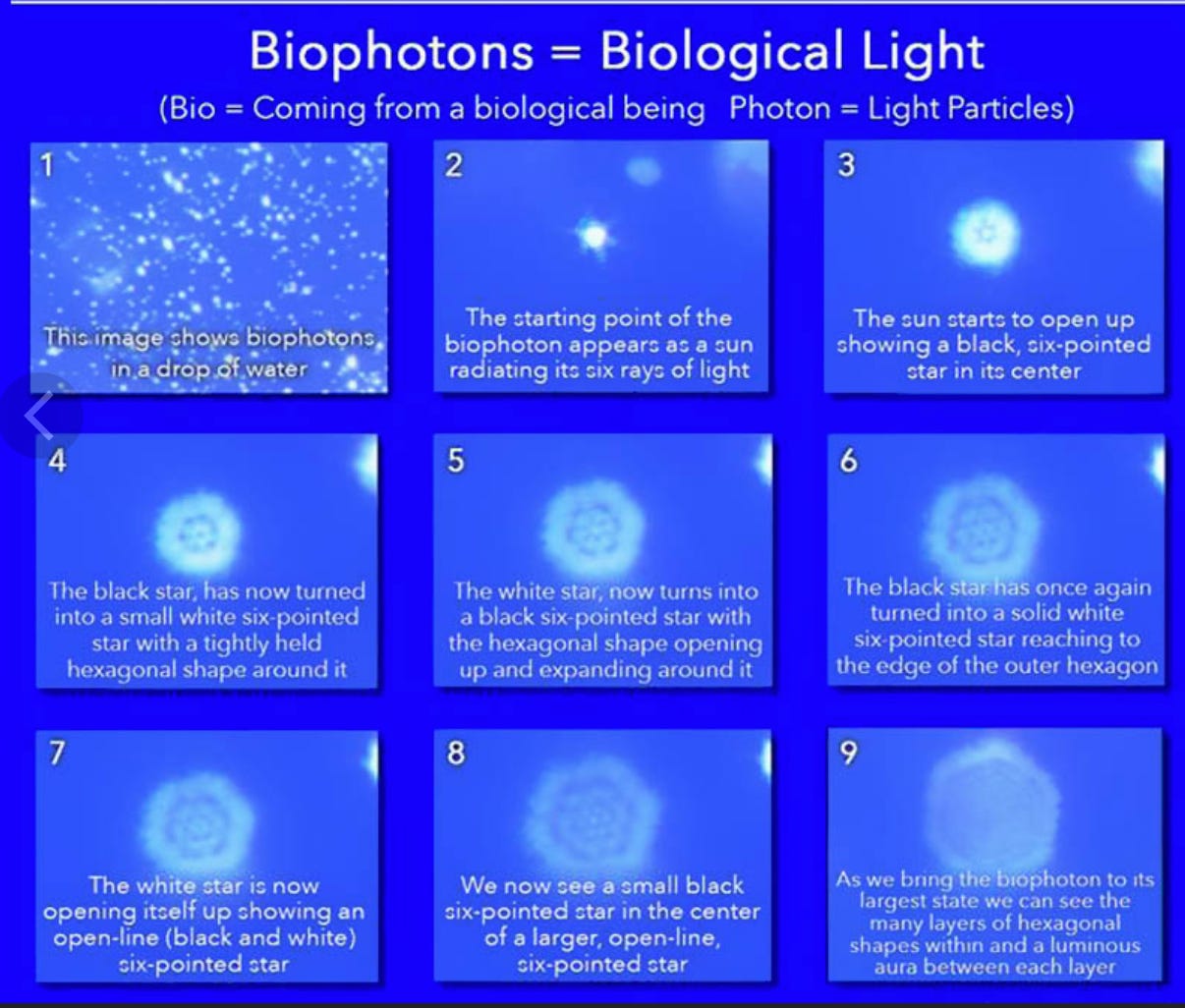
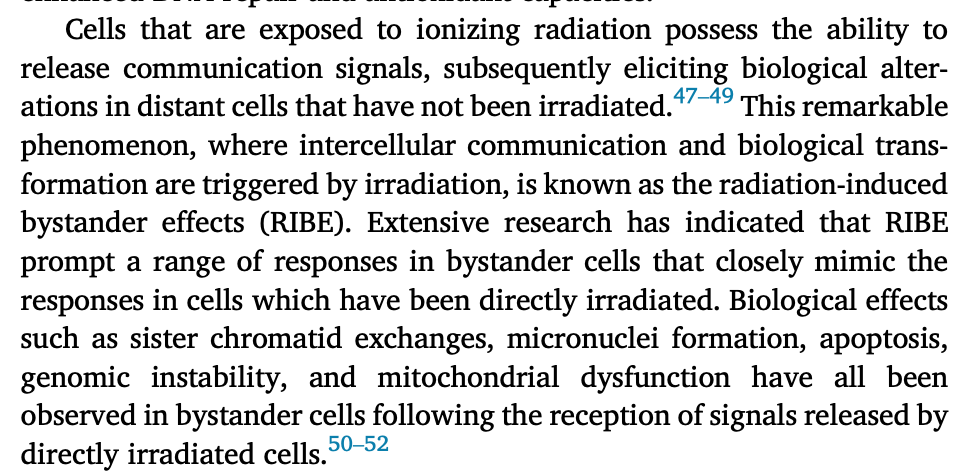
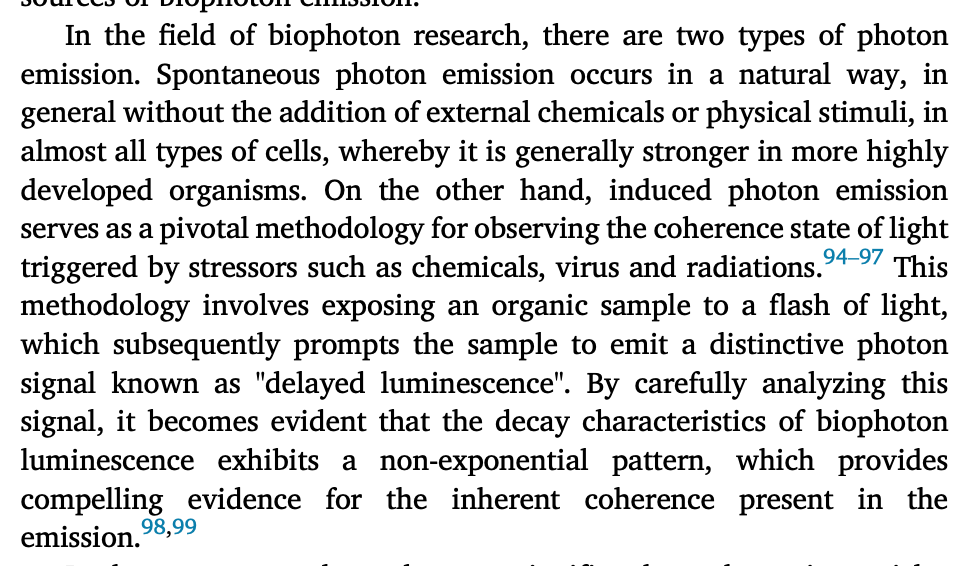










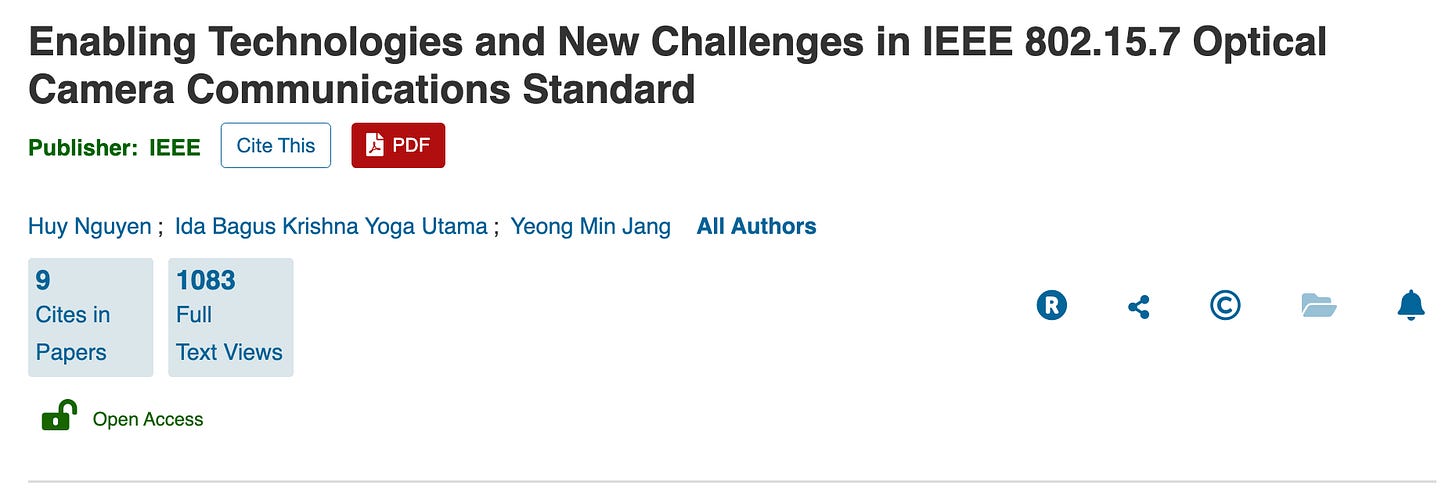


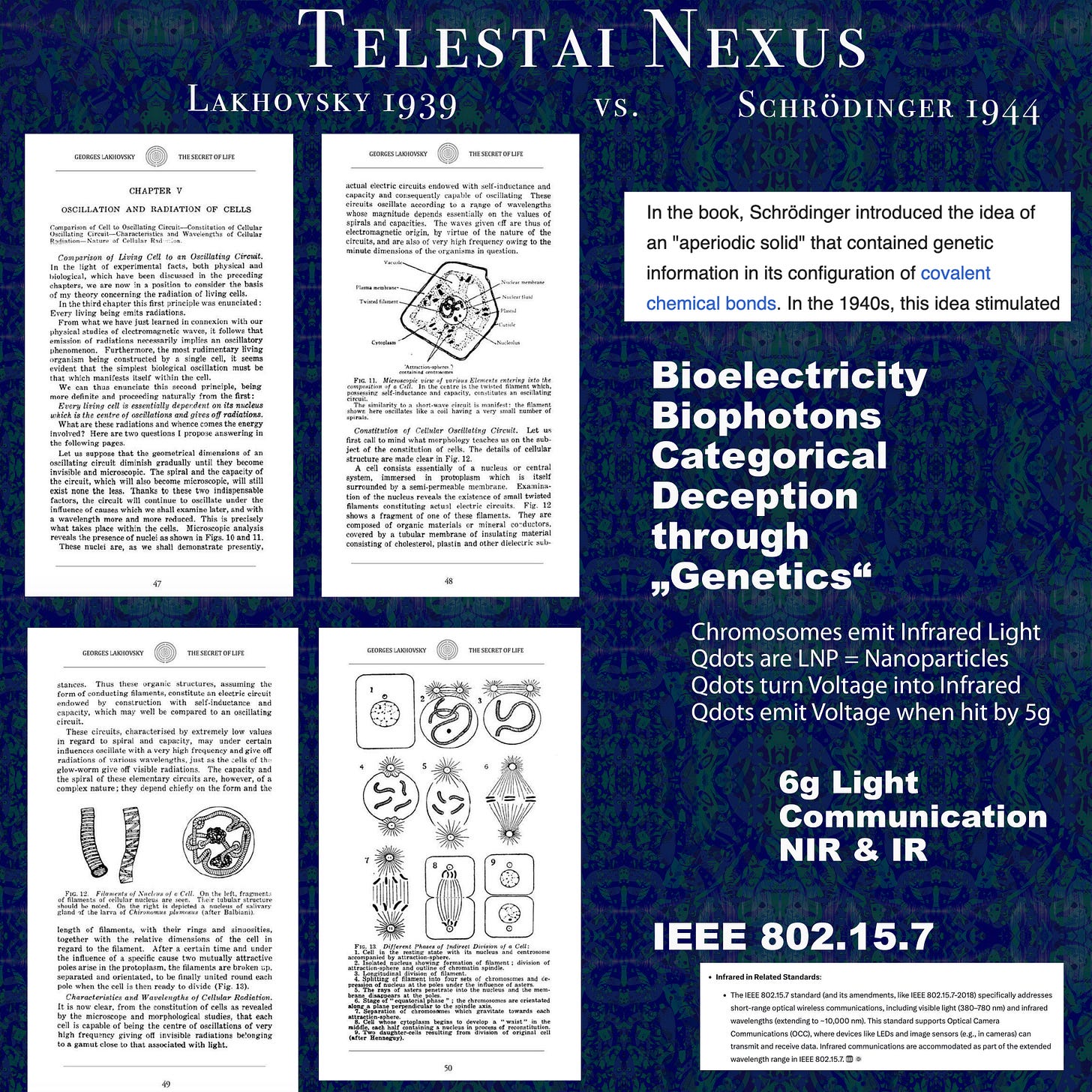
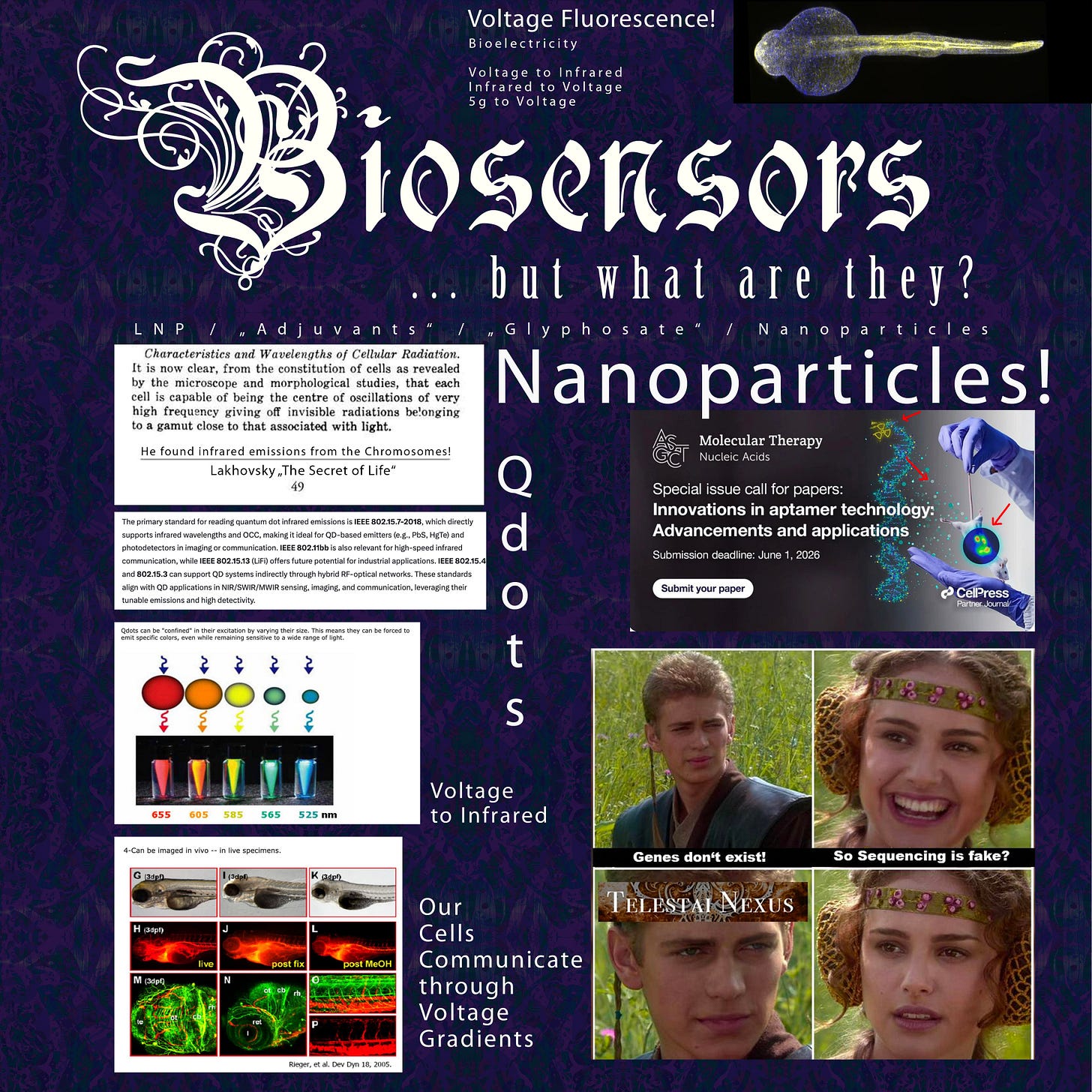







🙏🏻 💜 🙏🏻 So glad I pointed You to LaViolette! It's clear it's helped You to make sense of all this. Looking forward to what You will offer in the future!
Foundational!